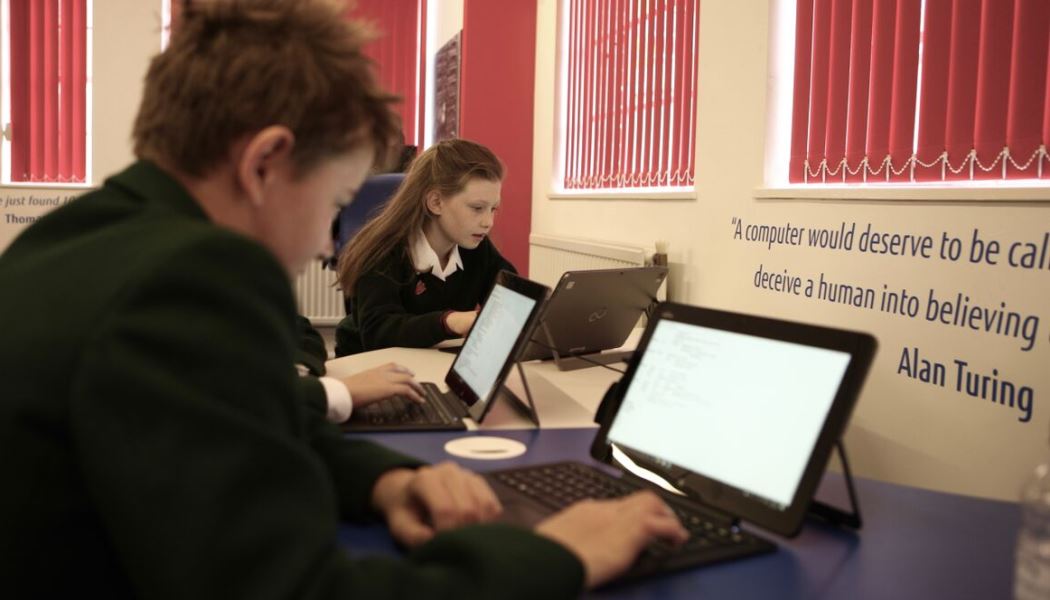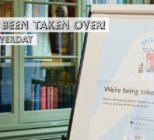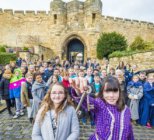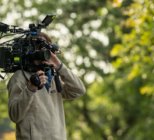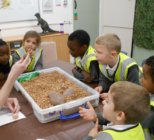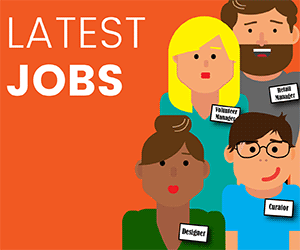The Students were challenged to create their own Bot (like Siri, Cortana or OK Google), which can pass the Turing Test. The Takeover Team were challenged to create a series of questions and answers to get the groups who visit started on creating their own Bots.
The learning team wanted the students to provide relevant, student-focused question and answers. These provide a scaffolding to the activity for groups who visit in the future by suggesting the sorts of questions a Bot should be able to answer, and giving example answers (it is surprisingly hard to make them sound like a human answering, not a robot!).
By having students create these examples, rather than adults, the intention was to make the activity really engaging, and to inspire our future visitors to create the best possible Bot they can.
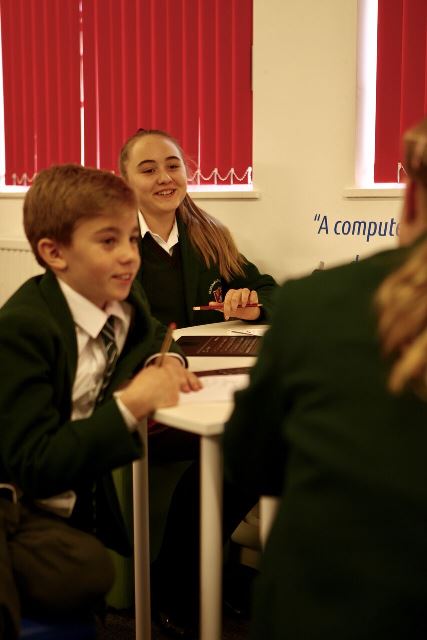
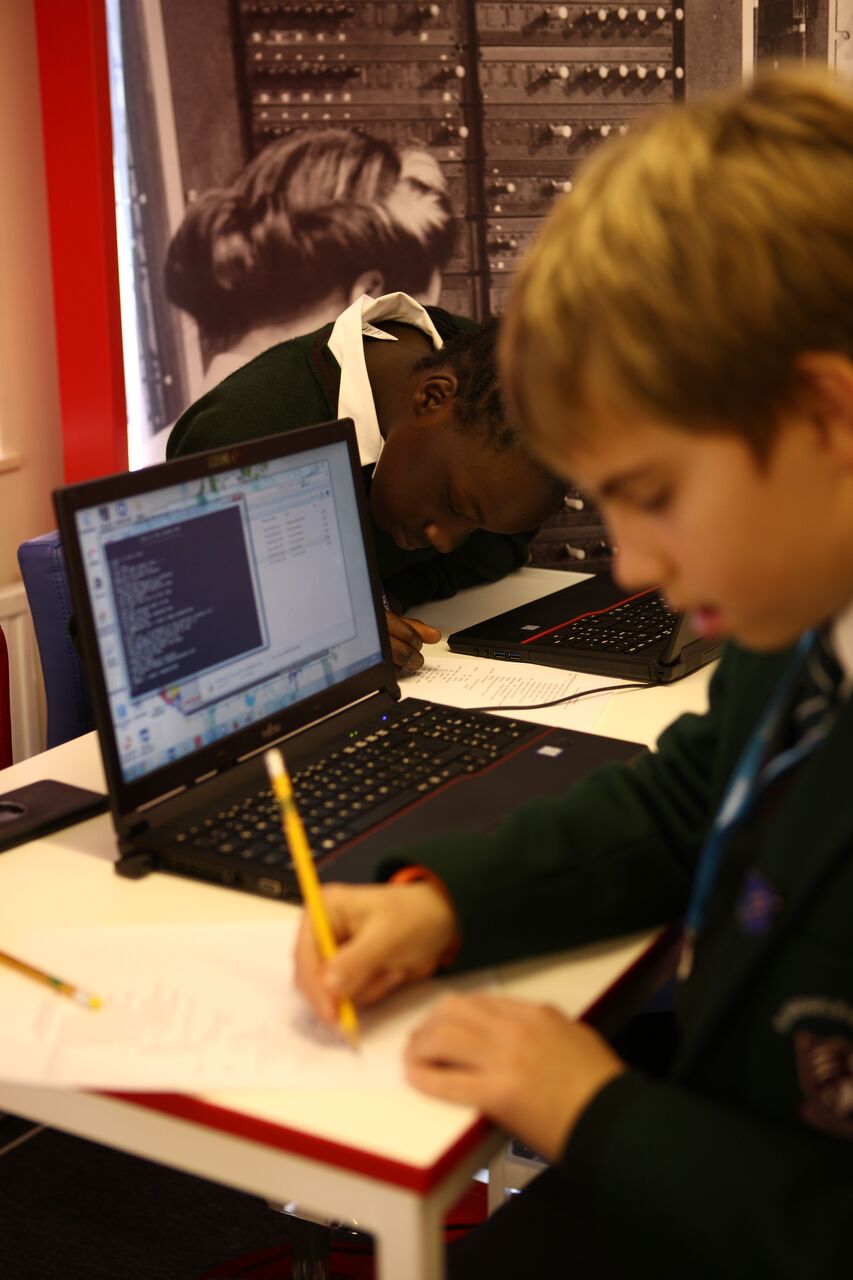
The Turing Test was Alan Turing’s hypothesis for determining Artificial Intelligence in computers; put forward in his paper The Imitation Game. To pass the Turing test a computer must be able to emulate human conversation so well, that a person cannot tell if they are talking to a computer or another human.
Although this is no longer used as the definition of Artificial Intelligence, this is still an interesting challenge for the students who visit, with practical applications for today. The activity helps students to find the connections between the museum collection and modern computing. As the activity takes place in the new Fujitsu Innovation Hub, the students also get the opportunity to engage with and use some of the latest technology.
The learning team at The National Museum of Computing had a really fantastic day and would like to say a massive thank you to St Michael’s Prep School, for all their hard work and excellent ideas.

